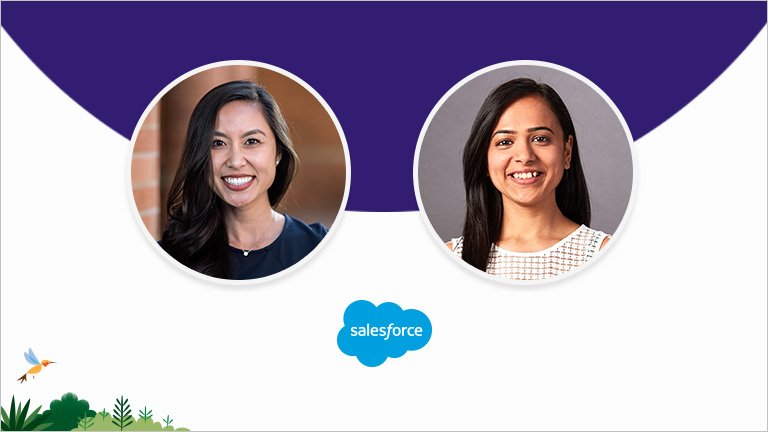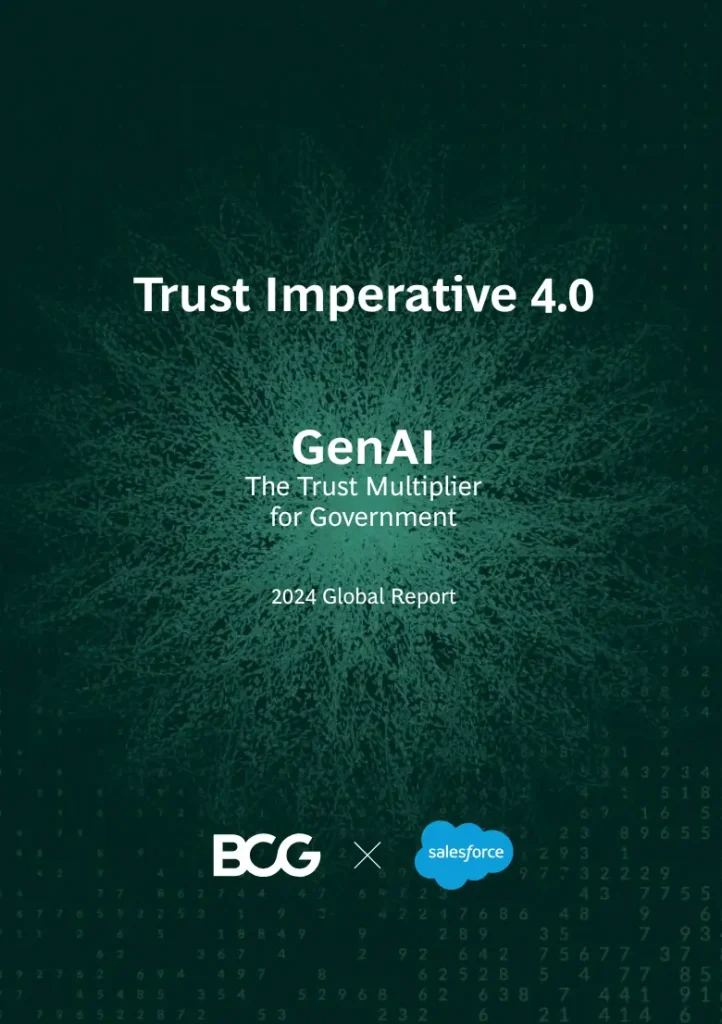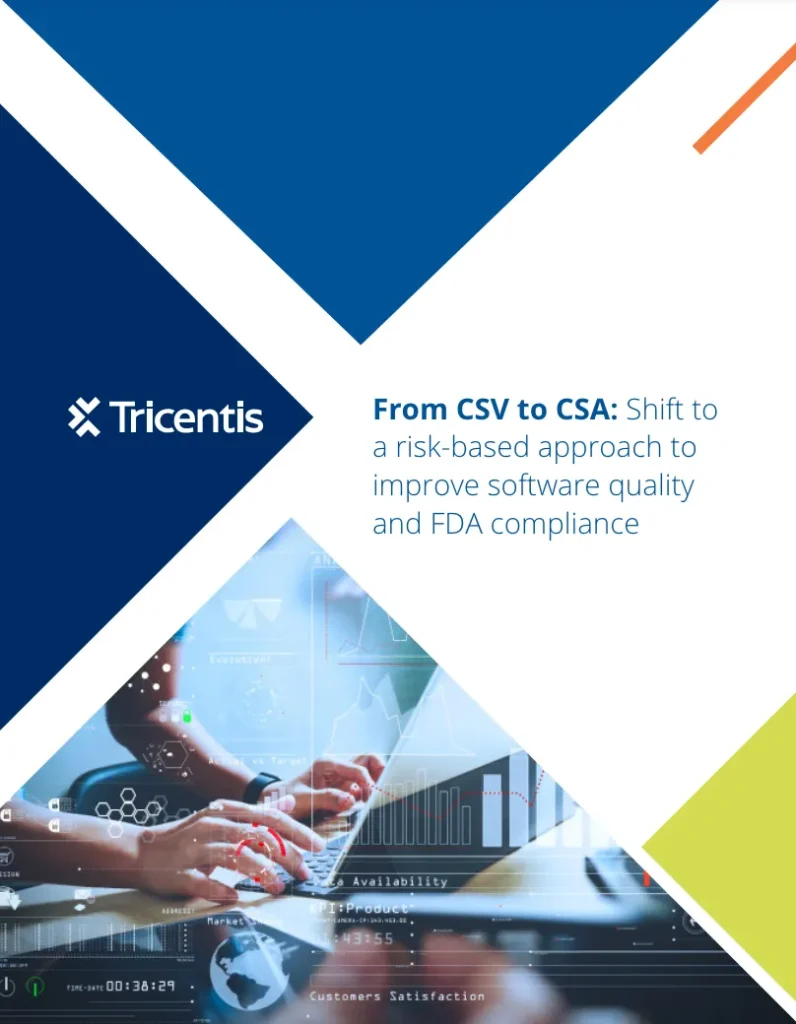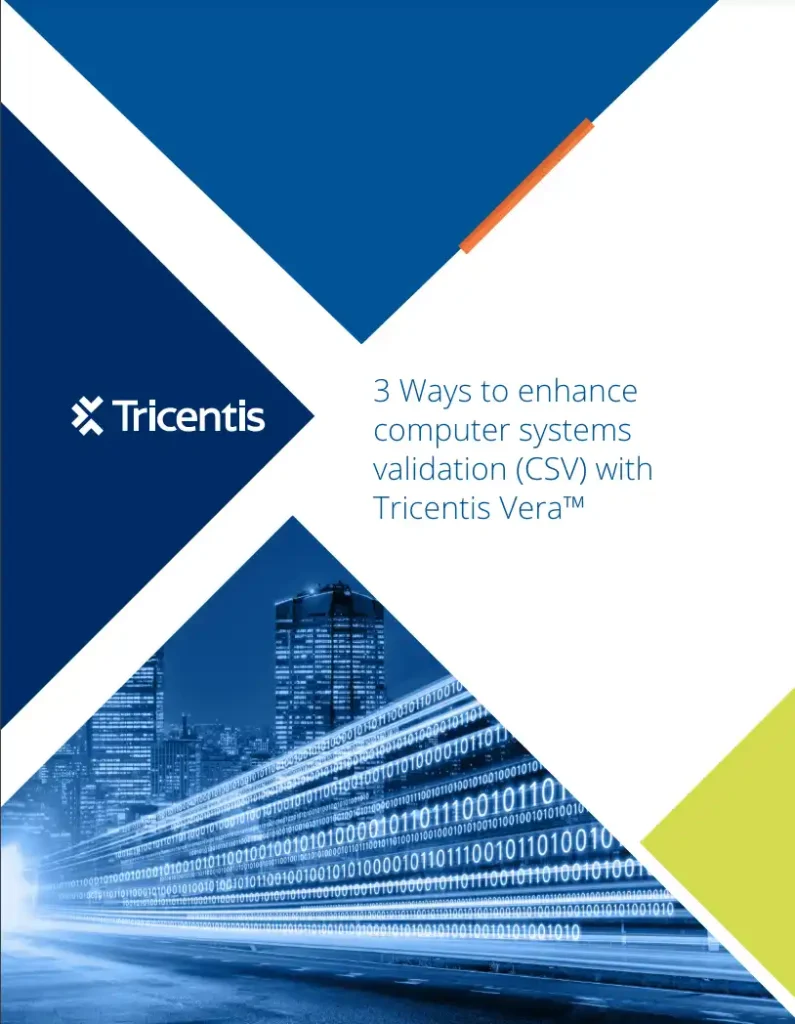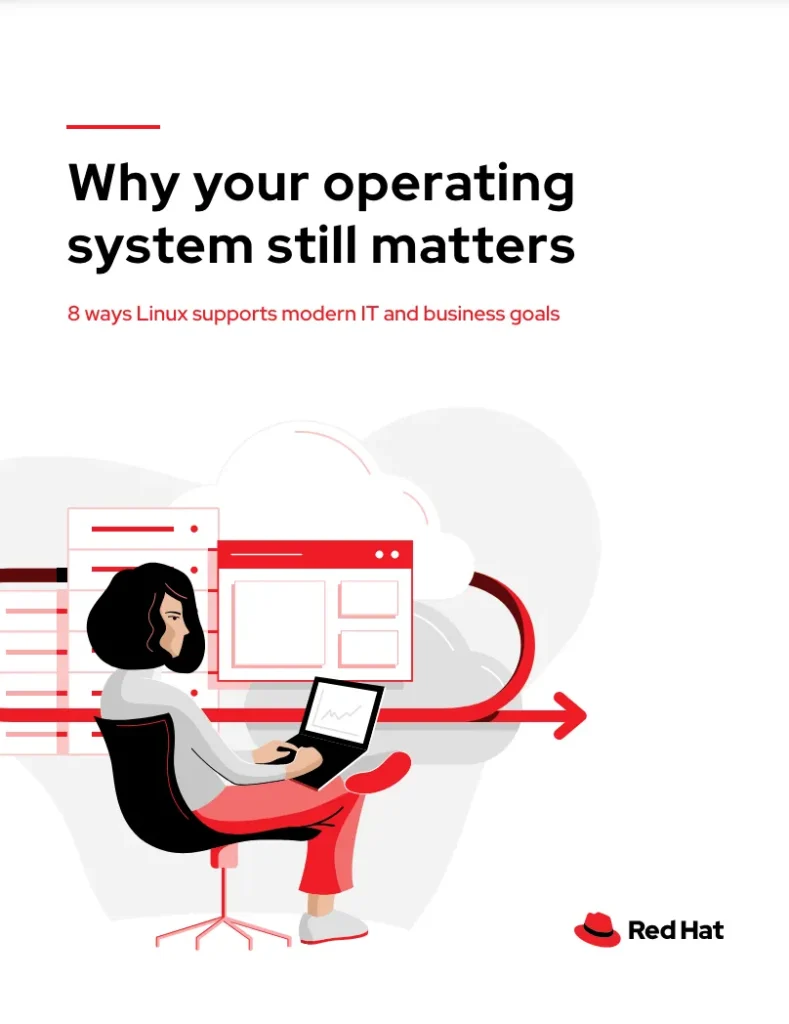Connect & Action Data Across the Enterprise with MuleSoft & Data Cloud
Curious about how to put your enterprise data to work securely? We can show you how. Actionable AI insights start with connected data. Learn how MuleSoft and Data Cloud connect and harmonize data across the enterprise and turn insights into actions with Salesforce Flow. Also, we’ll explore how MuleSoft and Data Cloud help a leading […]
Connect & Action Data Across the Enterprise with MuleSoft & Data Cloud Read More »

